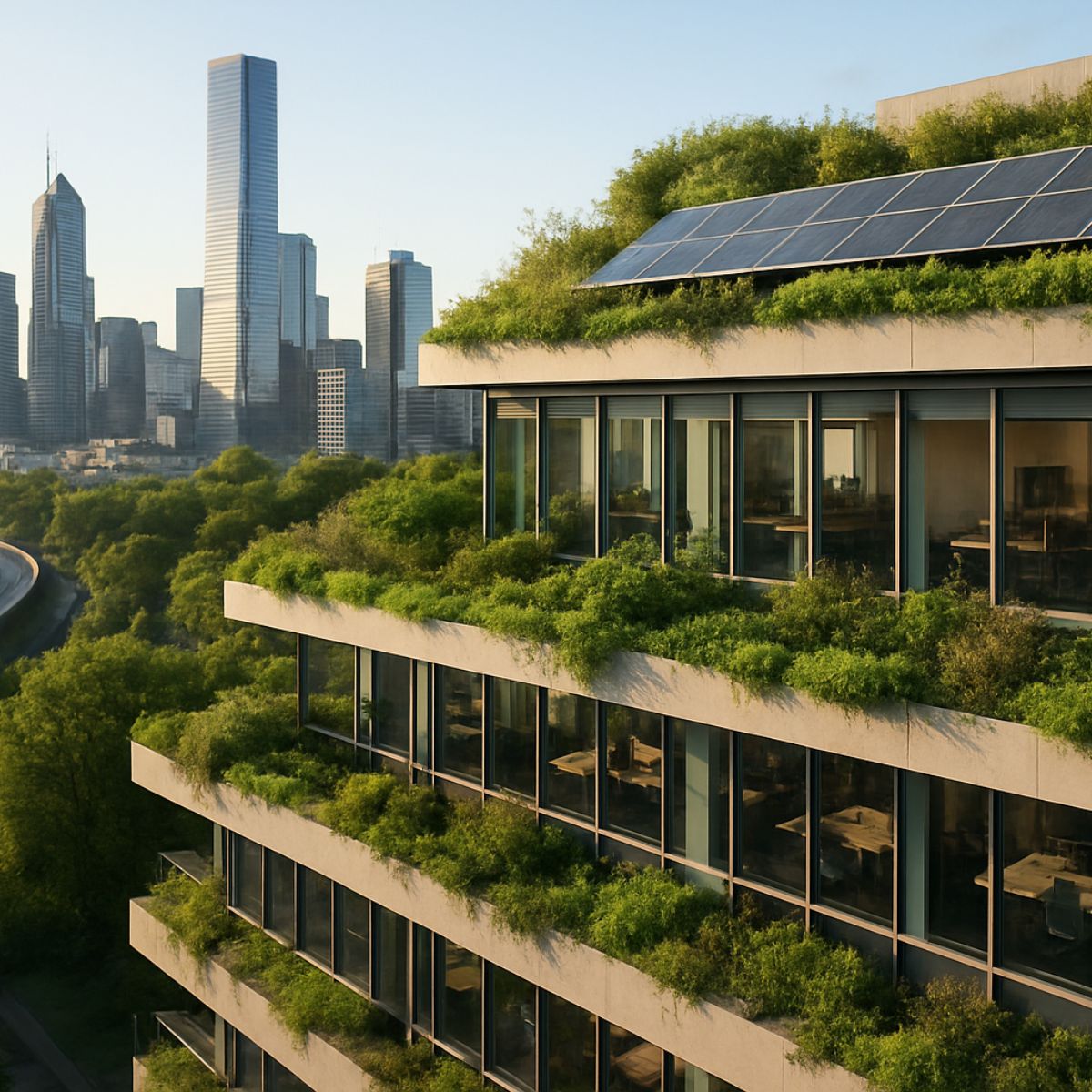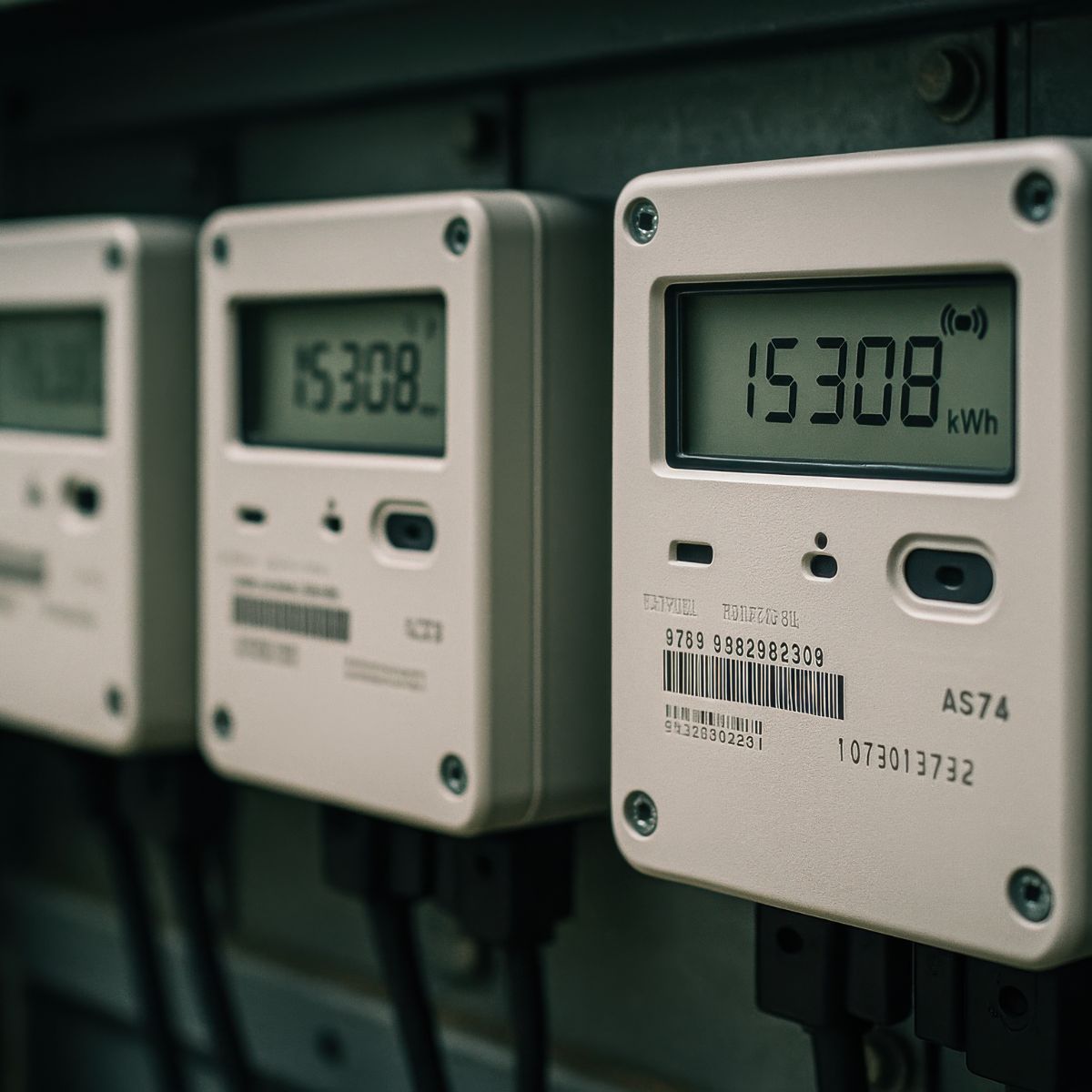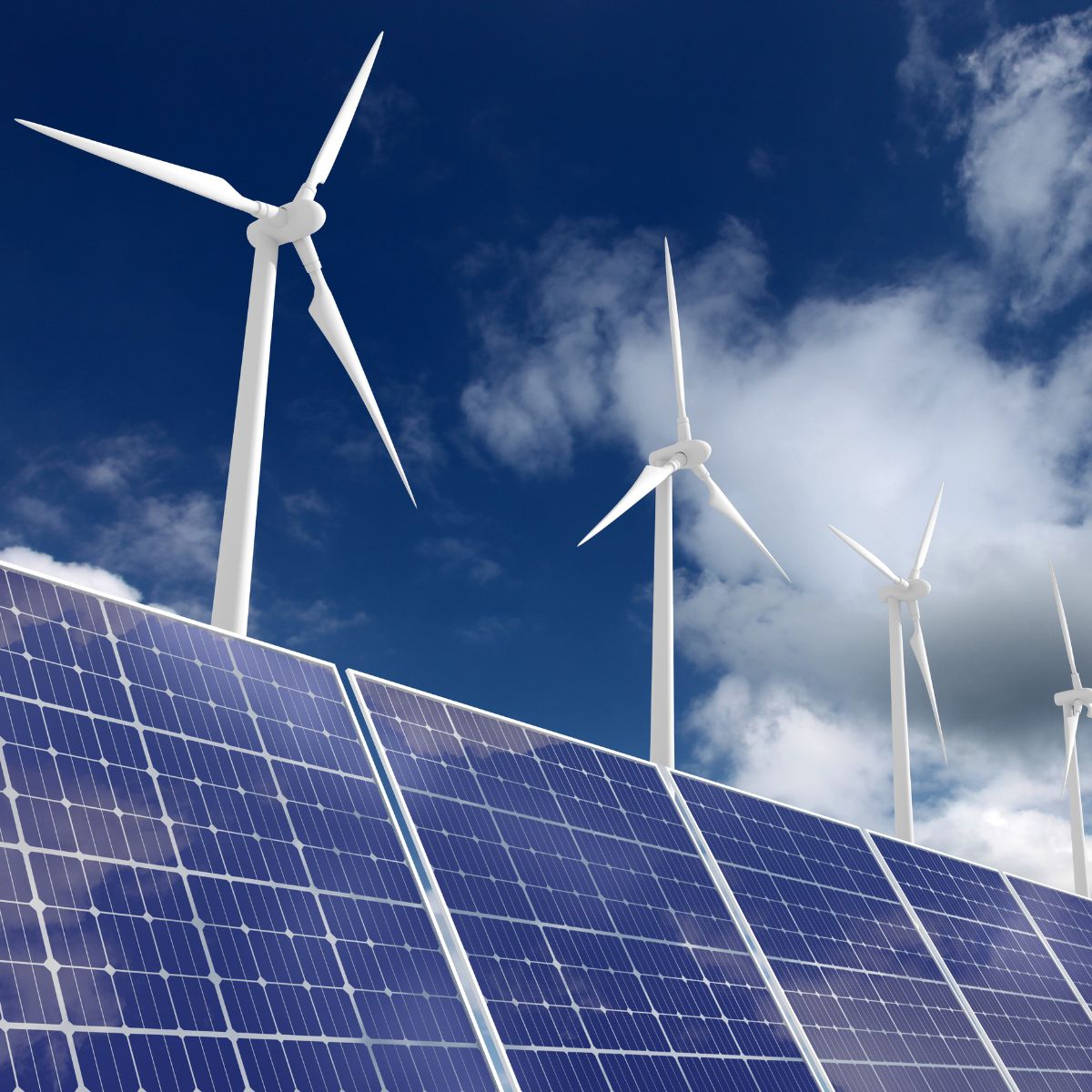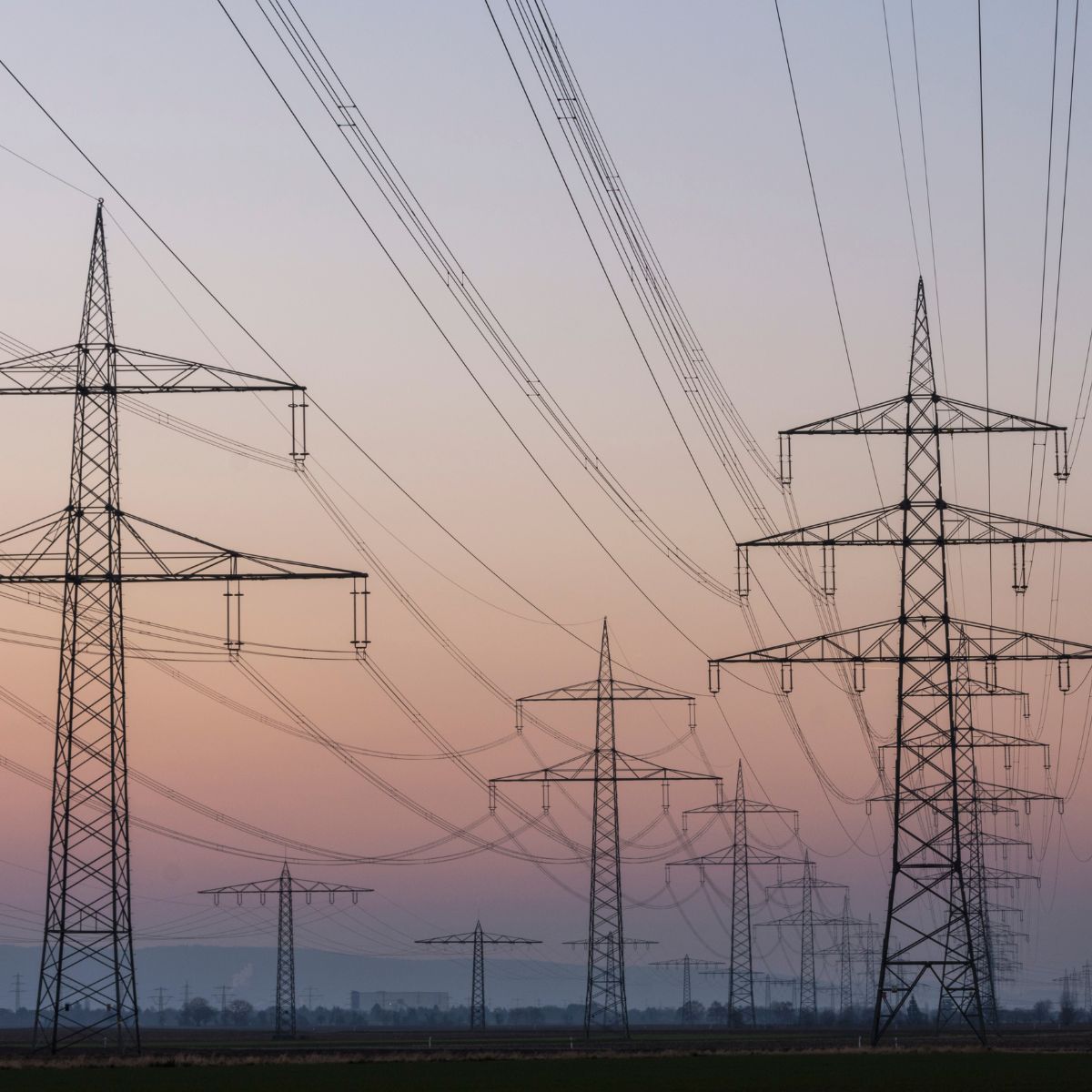Reading time: 3 minutes
The EU Water Resilience Strategy published in June 2025 represents a paradigm shift for European industry. Given that 30 percent of Europe's land area is already affected by water scarcity, water resources are moving to the center of strategic corporate planning. The strategy comprises 30 new measures and explicitly addresses companies that must fundamentally rethink their water management.2
Concrete Objectives and Industrial Obligations
The centerpiece of the strategy is the recommendation on water efficiency with the ambitious goal of improving water efficiency in the EU by at least 10 percent by 20303. Member states are called upon to set their own national targets based on their territorial conditions. For industry, which accounts for 25 percent of water consumption EU-wide, this means significant adjustments.
Particularly critical: Water losses through leaks in pipelines range from 8 to 57 percent depending on the member state. Modernizing water infrastructure through digital solutions thus becomes an urgent necessity. The Commission is already planning a specific research strategy for 2026 to make the water sector more digital and efficient.
Five Central Action Areas for Transformation
The EU Commission structures its strategy into five policy action areas with a total of around 70 measures.
1. Governance and Implementation: A structured dialogue with member states, regions, and water authorities should ensure faster implementation of existing regulations. The first Water Resilience Forum in December 2025 will kick off regular exchanges on a two-year cycle4.
2. Investments: The financial dimension is impressive. More than 15 billion euros are planned for the period 2025-2027. The European Investment Bank will launch a new water program, complemented by cohesion policy funds and an innovative roadmap for "nature credits"1.
3. Digitalization and AI: An EU-wide action plan will advance the acceleration of digital technologies in water management. Real-time monitoring systems and AI-supported optimization will become the standard4.
4. Security and Prevention: The enhanced real-time early warning and monitoring system in the Copernicus service for disaster and crisis management will be expanded to better respond to droughts and flood events.
5. Water Reuse: Cross-sectoral strengthening of water reuse practices opens new potential for circular water management in industrial contexts2.
Leveraging Europe as Technology Leader
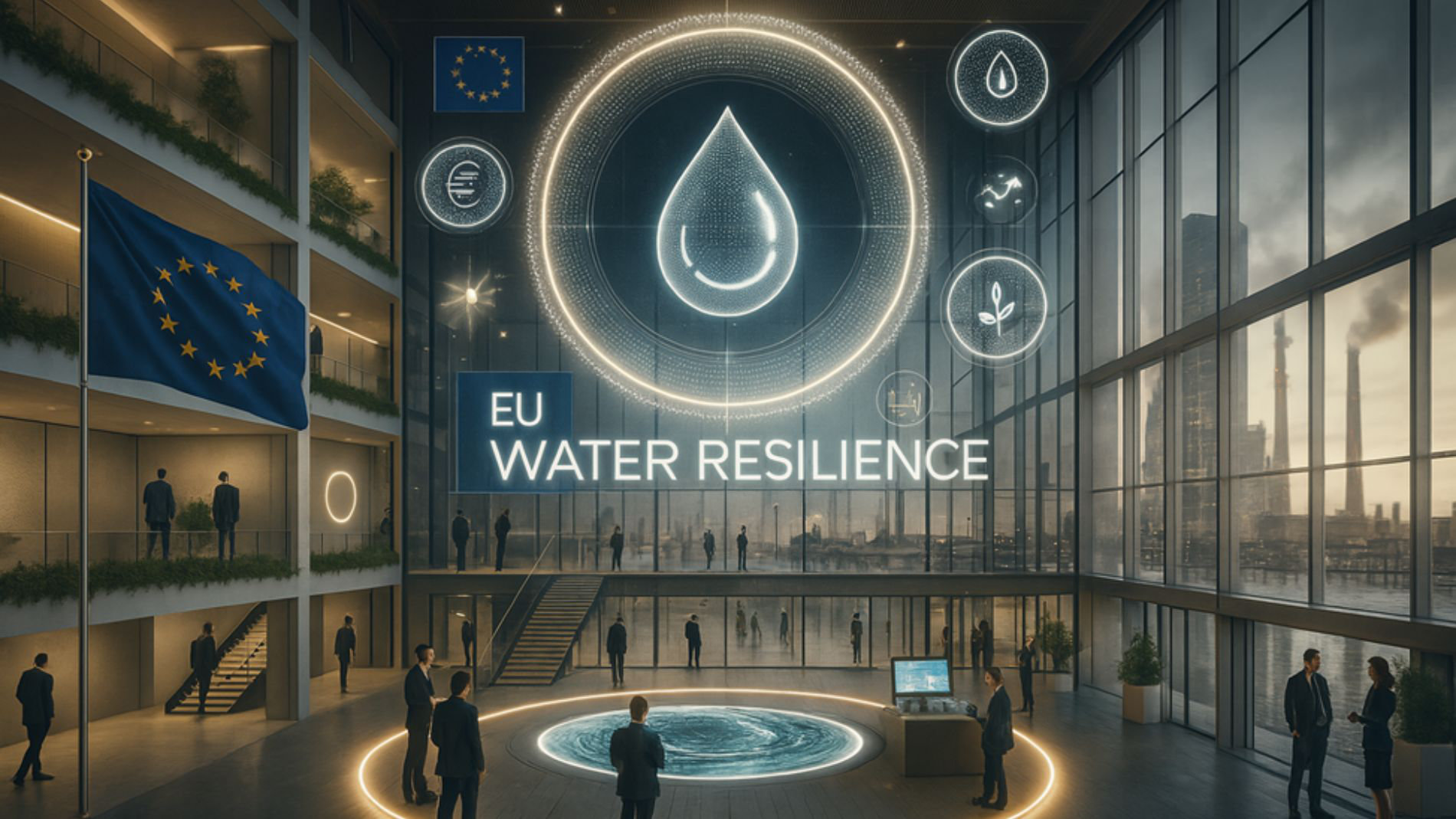
An often-overlooked aspect: Europe already holds 40 percent of all global patents in water technology. The European water industry generates 107 billion euros annually and provides employment for 1.7 million people4. This position must be expanded. The strategy explicitly positions water efficiency not as a regulatory burden but as an innovation driver for the "Blue Economy."
Companies that invest early can benefit from this competitive advantage. The modernization of water infrastructure through public and private financing as well as digital solutions is at the center of efforts.
Building Technology as Key Element
The strategy recognizes the building sector as a central field of action. Modern sanitary and installation technology plays a key role in reducing water consumption. "Households in Europe are responsible for 13 percent of water use and 28 percent of water abstraction," emphasizes Frank Wiehmeier, Vice President Sales Central Europe at Hansgrohe Group.
The strategy emphasizes the close connection between water and energy efficiency. Through savings in hot water heating and usage, energy consumption in buildings can demonstrably be reduced – an important aspect for industrial properties and administrative buildings1.
Industrial Symbioses and Pilot Projects
Cross-sectoral approaches are particularly promising. The strategy promotes industrial symbioses where one operation's wastewater becomes a resource for another. Initial pilot projects already show the potential of such circular systems2.
The integration of building technology and industrial processes opens up new savings potential.Scientifically based and hygienically secured water reuse in buildings can make important contributions to water circularity.
Economic Risks and Opportunities
The economic dimension of water scarcity is substantial. Particularly persistent pollutants such as PFAS cause annual consequential costs estimated at 52 to 84 billion euros for public health4. At the same time, more frequent droughts and extreme precipitation threaten food security, public health, ecosystems, infrastructure, and the economy in Europe2.
For companies, this means: Water security becomes a decisive location factor. The strategy explicitly addresses the need to remove investment barriers and develop cost-reducing solutions.
Outlook: The Path to a Water-Resilient Economy
The EU Water Resilience Strategy is more than a political document – it is a roadmap for industrial transformation. With the Water Resilience Forum in December 2025, a structured process begins that brings together companies, authorities, and research4.
For industry, the message is clear: The era of linear water consumption is over. Companies must understand water as a strategic resource and invest in resilient systems. The available funding and Europe's technological advantage offer unique opportunities for innovative companies that actively shape the change. Those who act now not only secure themselves against supply risks but position themselves as pioneers in Europe's emerging water-resilient economy.
Management Summary
Listen now: your management summary in audio format.



